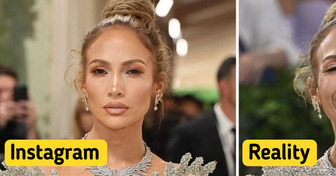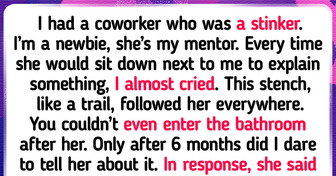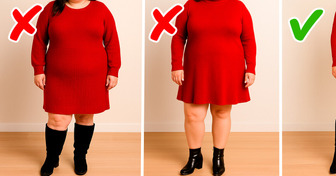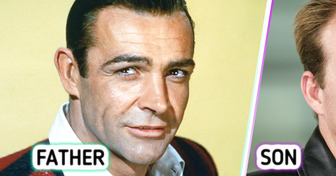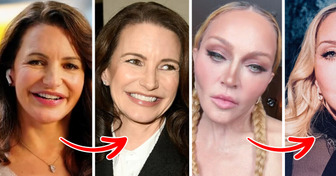“It’s Intentional Disrespect.” The New Portrait of Kate Middleton Has Sparked a Barrage of Negative Reviews

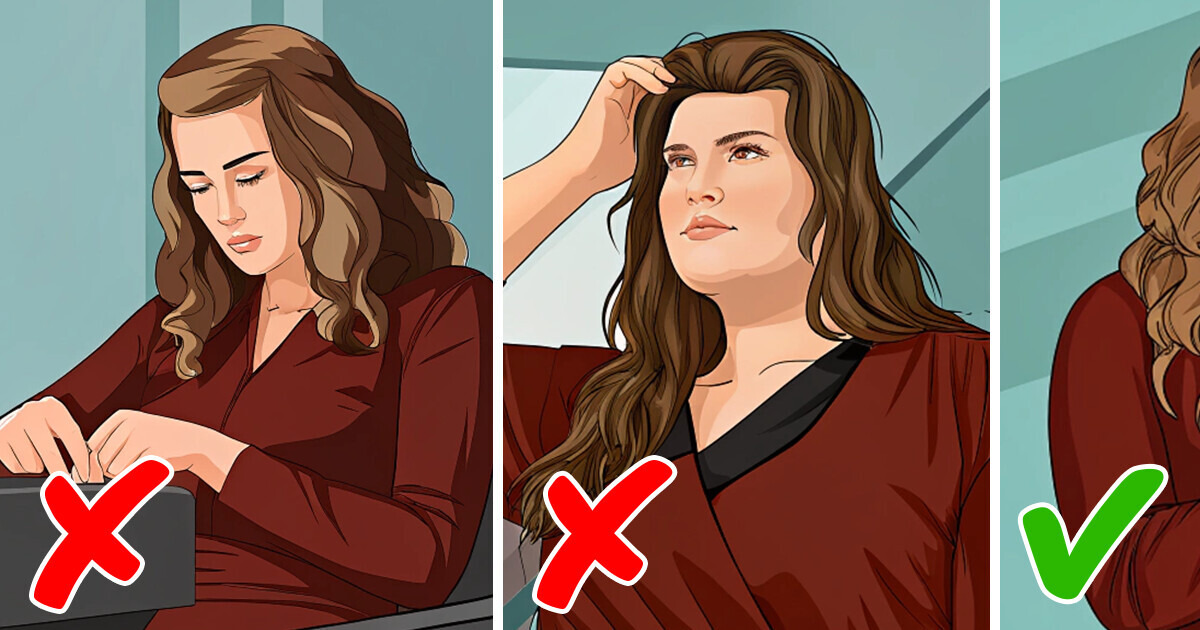
Body language can be a powerful sign and speak louder than words — especially in the workplace. Subtle gestures, posture, and facial expressions can shape how colleagues, clients, and bosses perceive you. Missteps in this non-verbal communication could silently sabotage your career. Here are 10 common body language mistakes you better avoid to protect your professional image.

Avoiding eye contact can suggest dishonesty, disinterest, or insecurity. On the flip side, overly intense eye contact might come off as aggressive. Aim for natural, engaged eye contact to foster trust and rapport.
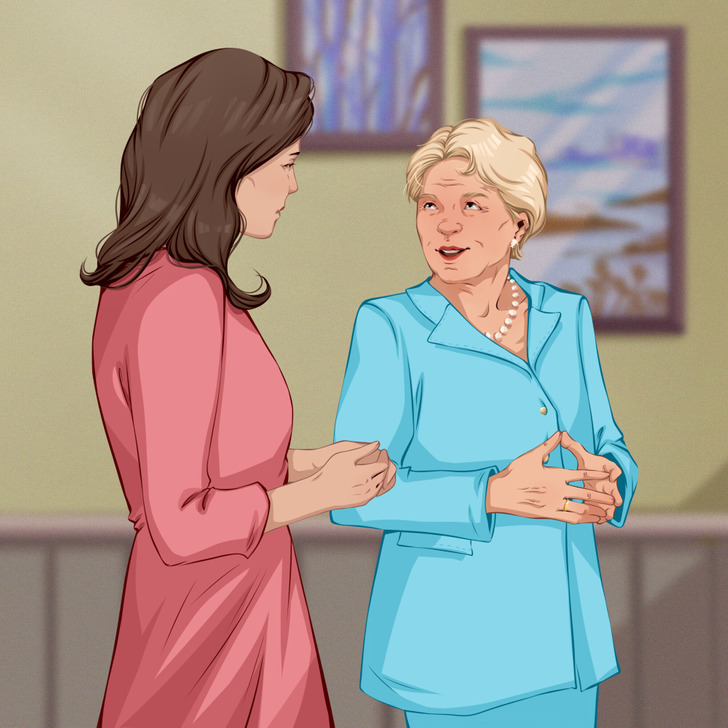
When your posture or tone doesn’t align with the other person, it can make you seem disengaged. For example, if they lean in, and you stay stiff, it may create distance rather than connection. Subtly reflecting their body language shows you’re present and engaged, making interactions feel more natural and comfortable.
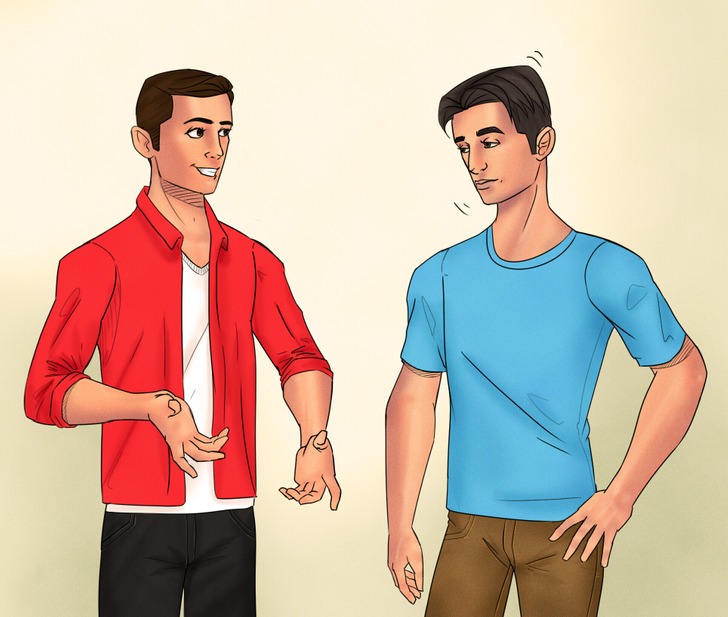
Nodding occasionally shows understanding, but doing it excessively can seem insincere or overly eager to please. Instead, balance nodding with verbal affirmations to demonstrate genuine engagement in the conversation.

A slight head tilt can convey empathy, but tilting too frequently or too far may make you appear unsure or overly submissive. This can be problematic in leadership roles or when making important points. Keeping your head level helps project confidence while still allowing for subtle tilts when appropriate.
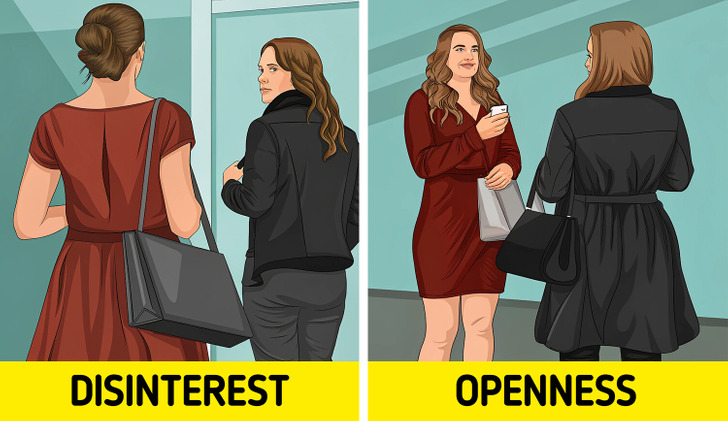
Facing your body away from the person you’re speaking with can imply disinterest. Turn toward others to communicate openness and attentiveness.

The way you offer a handshake can influence how others perceive you. A firm, timely handshake conveys confidence, while initiating it proactively in professional settings reinforces a strong and professional image.
Hand position is important. Keep your hand upright, with your thumb up and fingers straight. Avoid turning your palm down or up, as both can send the wrong message.

Leaning against walls or furniture during conversations can make you appear too casual or disengaged. Standing upright projects energy and professionalism, making you seem more present and engaged in the discussion.

Constantly tapping your fingers, playing with your hair, or shifting in your seat can convey nervousness or impatience. Practice stillness and purposeful movements to appear more composed.
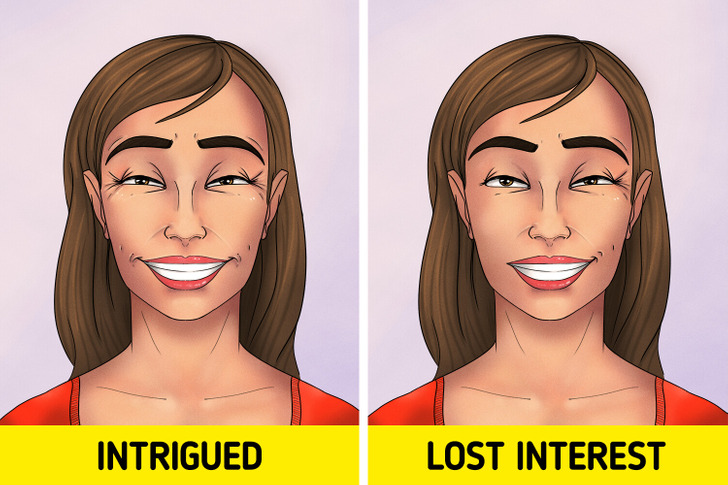
While smiling is a universal way to convey friendliness and approachability, overusing forced or fake smiles can appear insincere and make others question your authenticity. Instead, focus on smiling naturally in appropriate moments, ensuring it aligns with the context and your emotions. This helps to build genuine connections with colleagues.

Shrugging too often can make you seem uncertain, indifferent, or lacking confidence. For example, shrugging while answering questions may signal that you’re unsure of your own answers. To avoid this, use shrugging sparingly and accompany it with verbal explanations that convey confidence and clarity.

